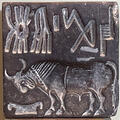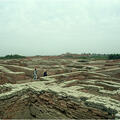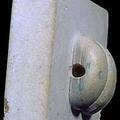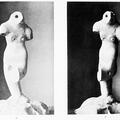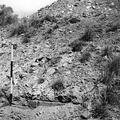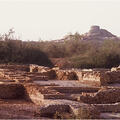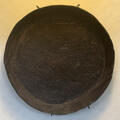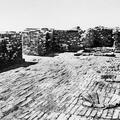Short-horned Bull or Bison Seal
The strict geometry and subtle deviations on this seal speak to how nuanced ancient Indus languages might have been (another view of this bison seal). The second image shows some of the sealings Marshall is referring to.
Sir John Marshall makes a big

